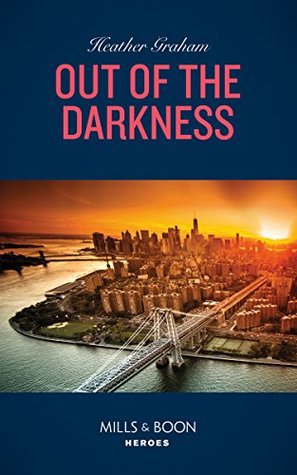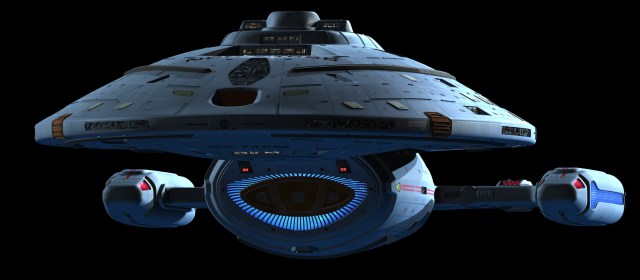Download links for: From Eternity to Here: The Quest for the Ultimate Theory of Time


Reviews (see all)
Write review
Stopped reading this, it was not engaging my interest.
A bit baffling, but not uninteresting.
Excellent science.
Interesting read.
have ebook
Other books by History & Biography
Other books by Sean Carroll
Related articles













